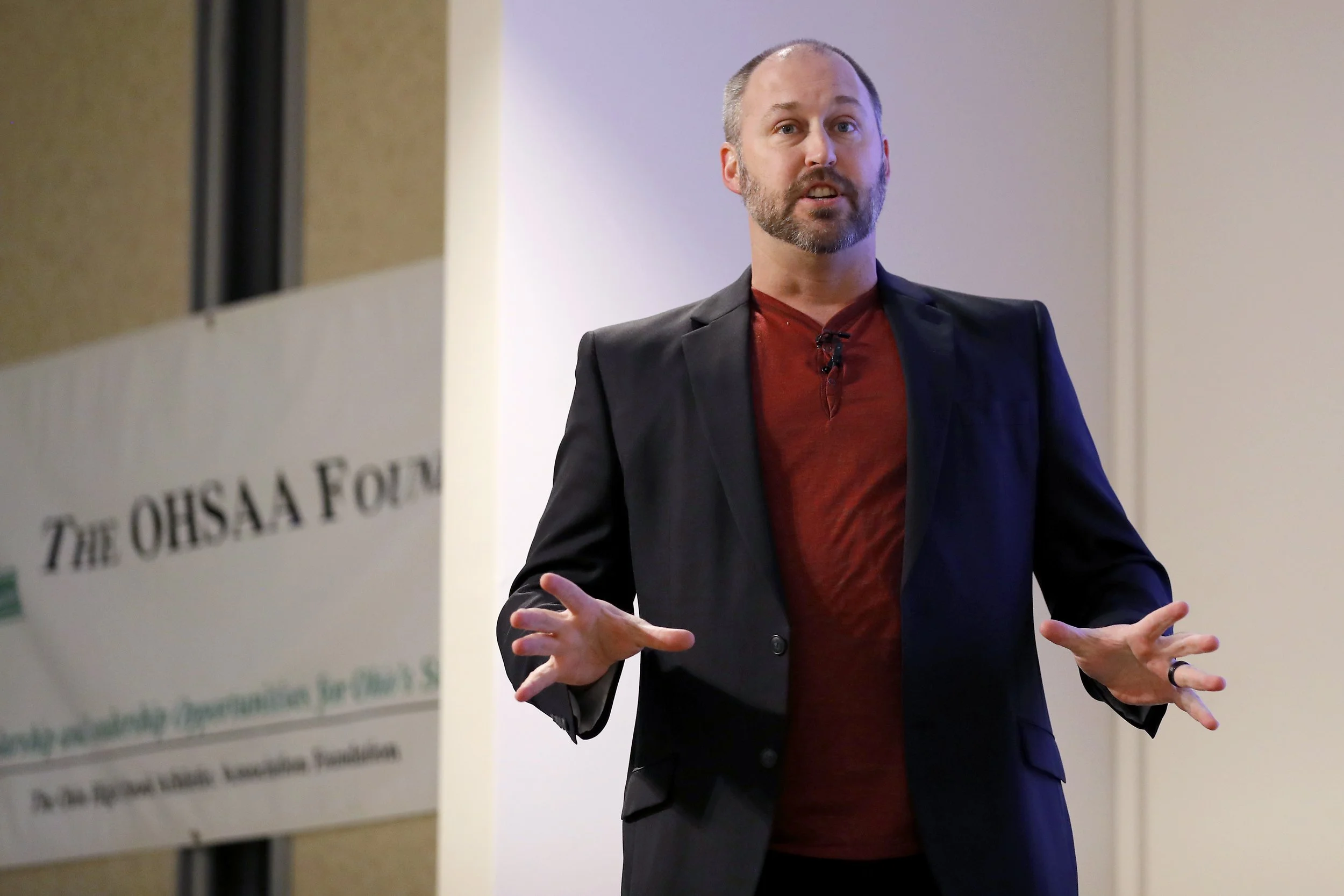In today’s demanding work environment, “resilience” has become a buzzword—and for good reason. Healthcare professionals, HR teams, educators, and frontline workers are all facing overwhelming stress and burnout at unprecedented levels. But here’s the problem: many organizations try to force resilience by piling on more initiatives, more meetings, or more expectations.
That’s not how true resilience is built.
As a keynote speaker who has spent two decades helping professionals overcome adversity, I believe in teaching practical, compassionate resilience—not the kind that pushes people harder, but the kind that helps them rise without burning out.
What Real Workplace Resilience Looks Like
Real resilience isn’t about toughness or grit alone. It’s about perspective, emotional agility, connection, and self-awareness. Resilience is the ability to recover and adapt after a challenge, enabling workers to thrive in a resilient, yet challenging workplace. In my keynote, I break resilience down into 5 teachable principles:
Identify the struggle. You can’t overcome what you don’t name. I help teams create space to recognize the hidden challenges that weigh them down, emphasizing the process of identifying stressors as the first step to build resilience.
Communicate your reality. High performers often suffer in silence. I teach how to speak honestly and get the support you need—before things spiral.
Maintain perspective. A single setback doesn’t define you. Teams learn how to zoom out and reframe adversity in a healthy, productive way. For example, in a resilient workplace, workers facing a challenge are supported through open communication and shared problem-solving, helping them build resilience together.
Show compassion. Resilience is a team sport. We explore how grace—for others and ourselves—is essential in high-pressure roles.
Focus on gratitude. It’s not fluff. It’s science-backed. I teach a simple, actionable gratitude practice that helps shift mindset—even in chaos.
The benefits of building resilience are clear: a resilient workplace prepares workers for the future by equipping them with the ability to handle upcoming challenges and adapt to change, ensuring long-term well-being and success.
And yes—I do all this while performing powerful sleight-of-hand magic. Why? Because engagement matters. When people are entertained, they’re open. And when they’re open, real learning happens.
Why Mental Health is the Foundation of Real Resilience
When it comes to building a truly resilient workforce, mental health is the cornerstone. The way employees handle workplace stressors—whether it’s tight deadlines, shifting priorities, or interpersonal conflict—depends largely on their mental health. Good mental health empowers employees to manage stress, avoid emotional exhaustion, and maintain strong, supportive relationships with colleagues. This not only boosts individual well-being but also helps teams achieve success together.
On the flip side, when mental health is neglected, the effects ripple through the entire organization. Employees struggling with anxiety, depression, or burnout are more likely to experience compassion fatigue and may eventually leave, leading to high turnover and lost productivity. These negative outcomes don’t just affect the person—they impact the whole workplace, undermining morale and making it harder for everyone to thrive.
That’s why organizations must make mental health a priority. Providing resources, support, and a culture that values well-being isn’t just the right thing to do—it’s a smart business strategy. When employees feel supported and have the tools to manage stress, they’re more resilient, more engaged, and better equipped to handle whatever challenges come their way. Investing in mental health is investing in the long-term resilience and success of your workforce.
You Don’t Need Another Training—You Need a Turning Point
Most resilience programs fall flat because they feel like one more thing to do. My keynote is designed to feel like a moment of relief and reawakening. It’s not about piling on; it’s about helping people breathe, laugh, reflect, and walk away with practical tools they’ll actually use. The keynote helps train managers to lead and foster a resilient workplace, ensuring that leadership is equipped to guide teams in improving resilience.
I don’t lecture. I share my story—from growing up with Tourette Syndrome to performing for the troops in war zones—and I weave in life lessons your team won’t forget. The program is focused on improving resilience for both managers and workers, using practical, problem-focused strategies that foster adaptability and well-being. This isn’t about theory. It’s about transformation through experience.
How Do You Know It’s Working? Measuring Real Resilience
Building resilience in the workplace is only half the battle—the real question is, how do you know your efforts are making a difference? Measuring real resilience means looking beyond surface-level engagement and digging into the factors that truly matter: self-esteem, coping skills, and the quality of support employees feel from their teams and leaders.
Organizations can use a variety of tools to assess resilience, such as employee surveys, focus groups, and one-on-one interviews. These methods help managers and leaders pinpoint what’s working and where additional support or resources might be needed. Tracking key metrics like employee burnout, job satisfaction, and productivity provides a clear picture of how resilience-building strategies are impacting the workplace.
Bringing in healthcare speakers or motivational speakers for resilience training can also be a game-changer. Their impact can be measured through feedback forms and follow-up evaluations, ensuring that the strategies shared are resonating and leading to real change. By regularly reviewing these insights and adapting your approach, you can make sure your organization is truly supporting employees in building resilience—and achieving lasting success.
Ready to Re-Energize Your Team?
Whether you’re planning a conference, a leadership retreat, or an annual staff meeting, the right message at the right time can change everything. Creating a supportive environment in workplaces fosters innovation, creativity, and stronger relationships, helping teams adapt and thrive. Let’s equip your people with the tools to bounce back stronger—and support each other better—without asking them to carry more than they already do.
Resilient workplaces lead to greater job satisfaction, improved mental health outcomes, and long-term benefits for businesses.
If you’re ready to bring a message of hope, humor, and hard-earned wisdom to your audience, let’s talk.
👉 Click here to learn more about my Resilience Keynote Program
📅 Now booking for 2025 and 2026 conferences, healthcare events, and leadership trainings. For more details, please fill out the form below.




